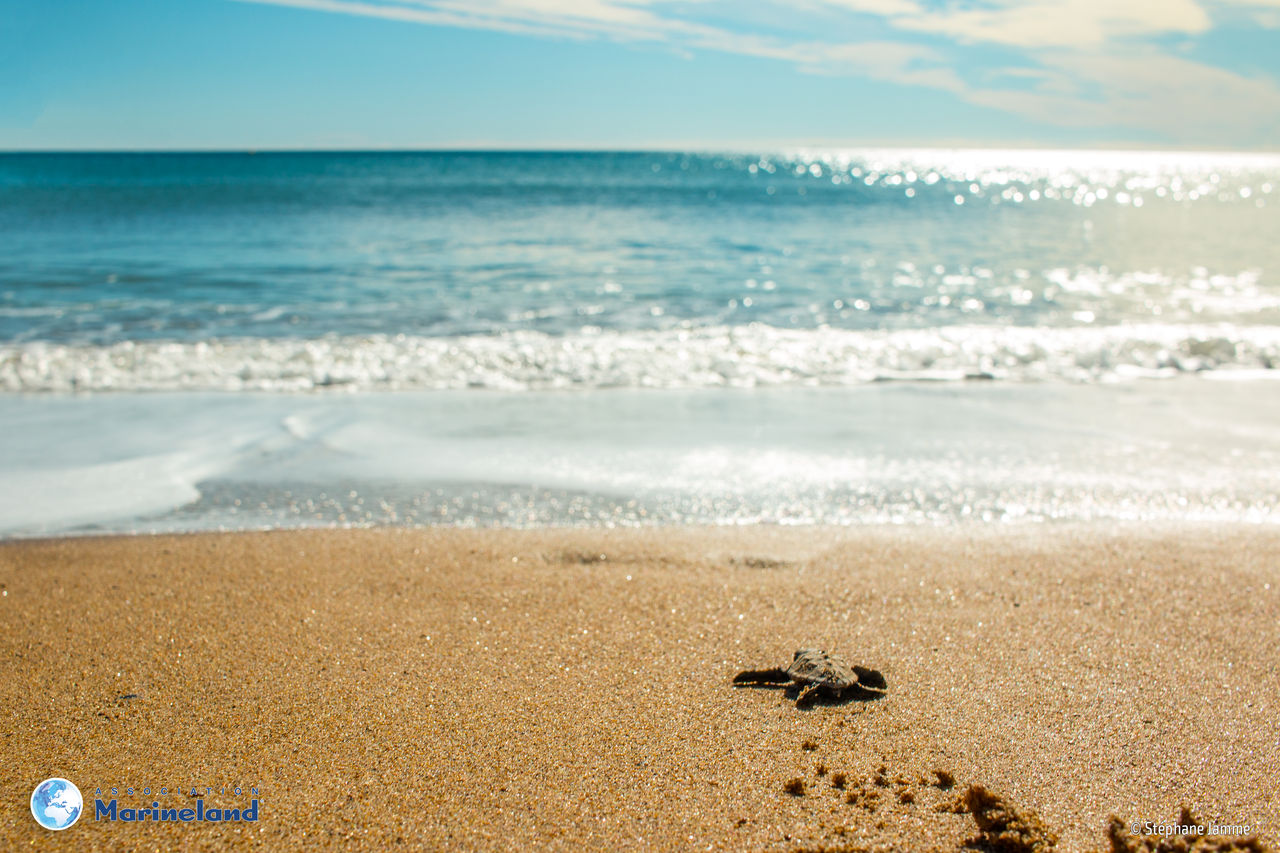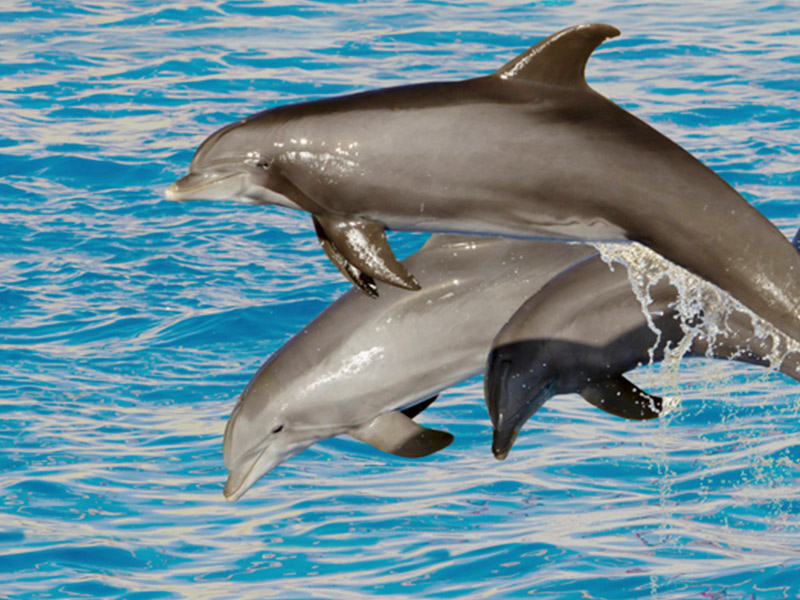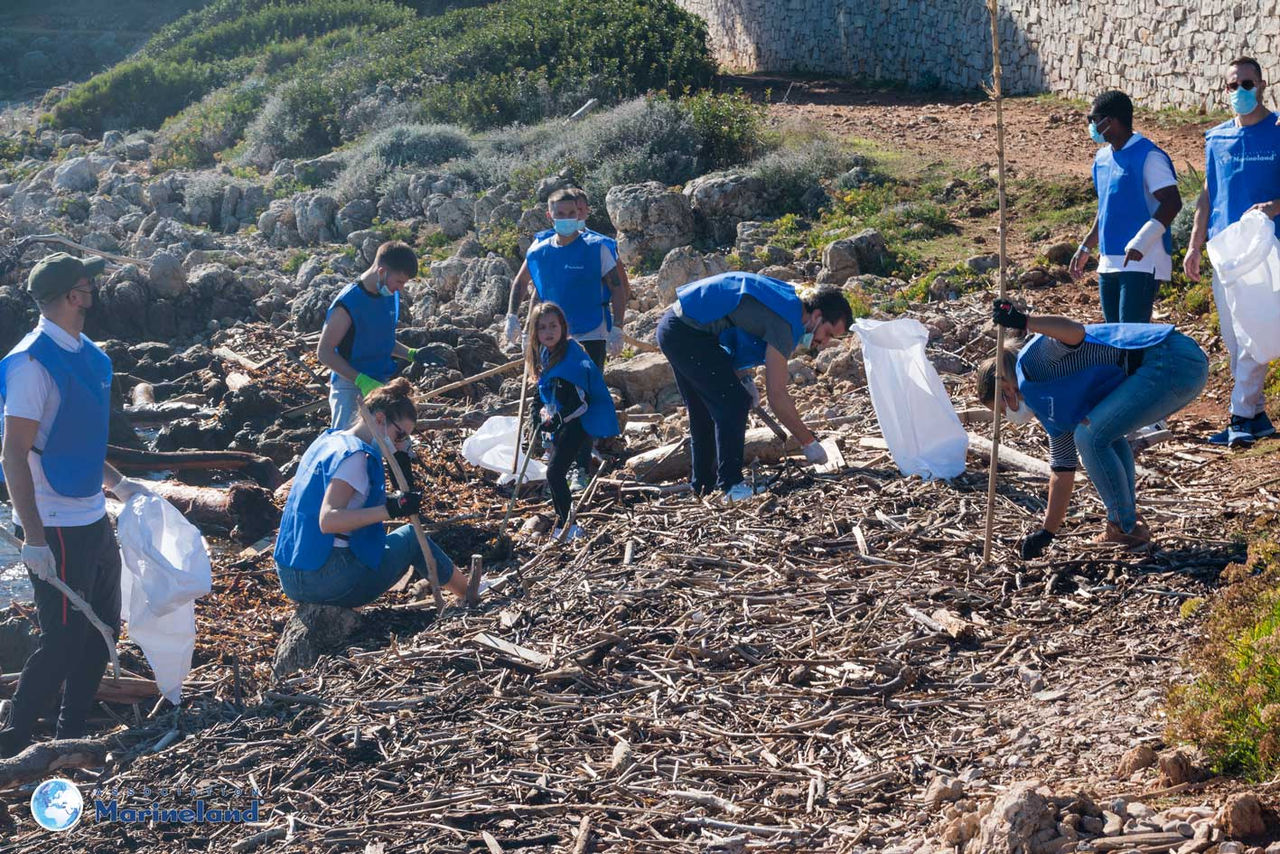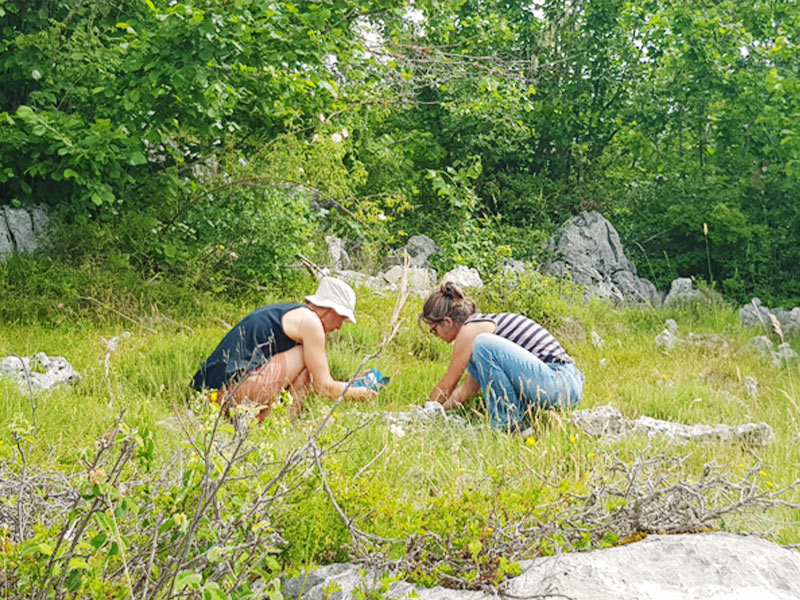When buying an adult ticket. Discover the offer here.
Eco-responsibility
Sustainable actions
Marineland is committed!
- Did you know that at Marineland, we have set up 22 selective sorting channels (cardboard, paper, plastics, glass, wood, etc.). We transform restaurant waste and animal food scraps into compost, we recycle textiles, either for the raw material or by donating it to the Restos du Coeur and we recycle all our (and your) mobile phones!
- At Marineland, the animals are fed with fish from eco-responsible fishing. The MSC or "Marine Standardship Council" is an international non-profit organization, at the origin of a label which guarantees to the consumer that the labeled products have been fished sustainably, in other words by respecting fish stocks and marine ecosystems. . To avoid emptying our oceans, we consume responsibly.

- In the event of a drought alert in the Alpes-Maritimes department, Marineland adopts water saving measures: suspension of watering of green spaces, cleaning of floors with blowers, closure of water games for children. Apart from episodes of drought, an action plan for 2021-2026 has been launched to reduce water consumption: toilets and showers in the zoo and adjoining parks are equipped with motion sensor taps or push buttons, the flushes are economical... Concerning the supply of the marine zoo basins (46 million litres), it is natural sea water drawn from the Mediterranean 700 m offshore, so this does not concern drinking water. Marine mammal facilities are cleaned with seawater.
- For its green spaces, lawns are fertilized with organic fertilizers, insects that eat aphids and mealybugs are used for biological control, and Marineland favors plant species that require little water, are resistant to frost and excessive salinity. (which is the case around our seawater pools). Several spaces within the zoo are left in a “wild” state in order to promote local biodiversity; this is the case of the small stream that crosses Marineland, the Maïre, in which kingfishers are now regularly observed.
- The photos are all recycled. The company On focus, which runs the photographic activity at the entrance to Marineland, and its partner Fujifilm recycle all the photo prints. Fujifilm supplies the paper and the appropriate equipment, takes care of the recovery and entrusts the reclassification of the paper prints to an approved recycler. All media (sleeves and key rings) are kept and reused.


- Marineland and its association carry out a monitoring program for macro-waste accumulated in the marine environment, called Clean & Collect, providing information not only on the quantity but also on the nature of this waste. This beach collection operation also and above all aims to raise awareness of the environment and to work in the service of science.
- The Marineland Côte d'Azur zoo has given up on disposable plastic products, which are the scourge of the oceans and marine animals. So don't be surprised if you can't find any more straws or plastic cutlery with us: we are working with you to protect the blue planet!
- Marineland uses “soft” modes of transport which reduce greenhouse gas emissions and thus its carbon footprint. To get around the site (25 hectares), Marineland uses 5 electric cars and bicycles and provides its sales teams with low-consumption hybrid vehicles.

- In stores, Marineland increasingly favors sustainable products and local supplies, bags, certain stuffed animals, games for children use recycled materials, certain sunscreens are made of chemical compounds that protect the oceans, etc.
- Led lights replace conventional neon lights/bulbs and are much less energy-consuming
- Marineland no longer distributes paper plans and raises awareness every day of its many visitors about the importance of eco-gestures during animal representations. For its communication documents, Marineland uses service providers using PEFC paper (Programme for the Recognition of Forest Certifications), that is to say paper from sustainably managed forests.
- The audio equipment is equipped with moderators which allow the main sound emissions of the zoo to be capped at 80 decibels. As animal performances take place in the open air, the musical distribution is thus controlled in order to avoid having a long range and nocturnal performances are no longer offered.
However, much remains to be done to protect our oceans.


